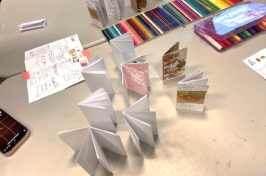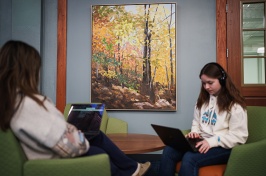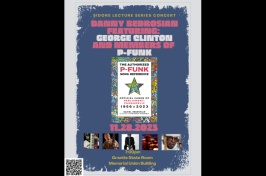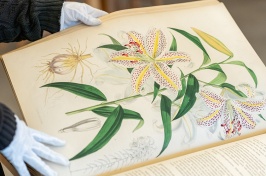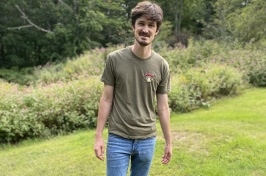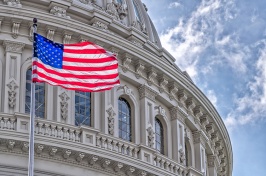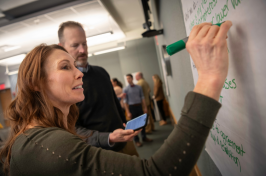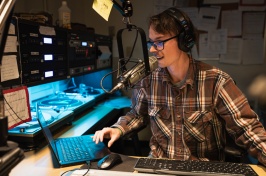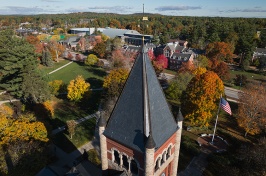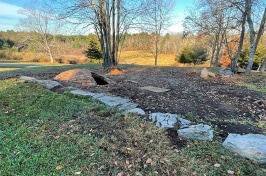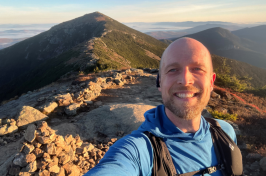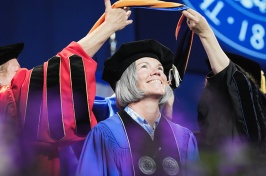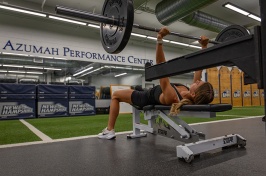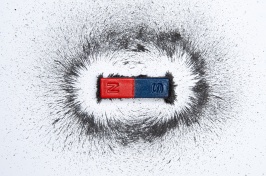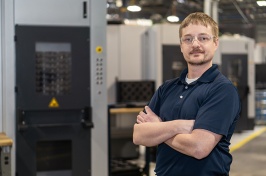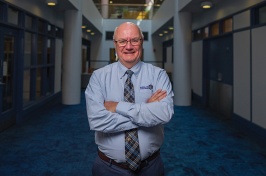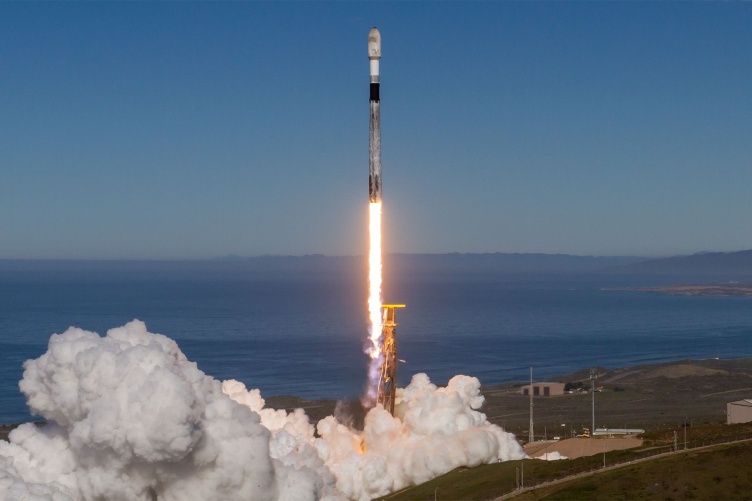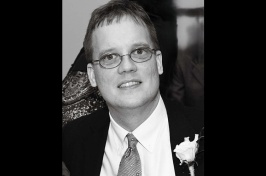Space Science Center
Tiny Satellite Built by UNH Students Blasts Off to Space
When the Falcon 9 rocket blasted off the day after Thanksgiving, it carried with it years of hard work — and the hopes and dreams — of 26 UNH undergraduate students who built a miniature satellite to study the sun and its effects on space weather. A UNH-led student collaboration with NASA’s... Read More-
09/24/25
Two UNH Space Weather Instruments Blast Off Toward the Sun
After years in the making, two UNH space weather instruments have blasted off toward the sun to study its influence on our solar system and monitor... -
08/26/25
In Memoriam: Eric Lund
Eric Lund, a UNH research scientist who recently passed away, is being remembered as a dedicated space scientist and valued colleague. -
07/23/25
Closing the Gap in a Global Space Weather Monitoring System
UNH students and researchers help bring neutron monitor back online in Maui, filling a crucial gap in the global space weather monitoring system.
Recent Stories
-
08/24/22 - Another Leap ForwardUNH researchers have received a $750,000 NASA grant to study gamma ray bursts. Read More
-
07/28/22 - Small WonderA new UNH study found that small satellites can be just as effective in performing important space science missions as their larger counterparts. Read More
-
06/08/22 - Searching for AnswersUNH will receive $906,055 from NSF ANSWERS to build on its existing strengths in space weather research and education. Read More
-
04/12/22 - Space StormsUNH researchers will receive $1.1 million to study space weather as part of the Center for Geospace Storms. Read More
-
04/04/22 - Federal FundingUNH is set to receive nearly $5.5 million in federal funding to support research, education, and energy resilience in the region. Read More
-
03/28/22 - Rocket ScienceUNH-built instruments aboard a rocket aimed at studying mysterious type of Northern Lights. Read More
-
03/07/22 - Back to OrbitA new satellite equipped with a UNH-built instrument will improve weather predictions on Earth and in space. Read More
-
02/10/22 - Solar WindfallUNH researchers have been selected to lead a NASA mission with a budget of $250 million to understand how the sun impacts the space environment around the Earth. Read More
-
02/02/22 - From the Sea to the StarsResearchers Atsushi Matsuoka and Fabian Kislet will explore carbon cycling in the ocean and X-rays in space with two National Science Foundation grants. Read More
-
01/28/22 - Research Snapshot: Space RaysResearchers are testing different detector designs to learn how elements form during supernova explosions in space. Read More

